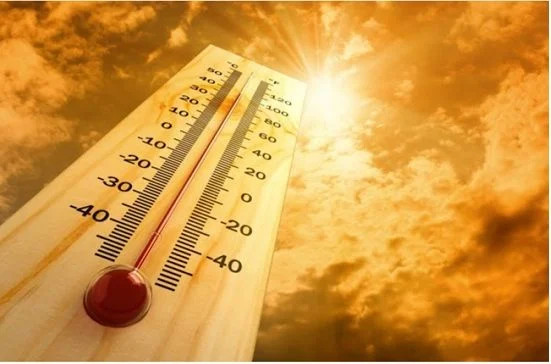Have you ever wondered what exactly makes something feel hot or cold? The answer lies in a fundamental property of matter called temperatura (temperature). It’s a scientific way to measure how hot or cold something is, and it plays a crucial role in our everyday lives, from weather forecasting to cooking. This article delves into the fascinating world of temperatura, explaining its concepts, measurement, and importance in a clear and concise way.
Definition
In simple terms, temperatura is a physical property that indicates the average kinetic energy of the atoms or molecules within a substance. Imagine a cup of hot coffee. The hotness you feel is due to the rapid movement of the coffee molecules. Conversely, in a cold cup of water, the molecules move much slower.
Here’s a breakdown of some key terms:
- Kinetic energy: the energy due to motion possessed by an object.
- Molecule: The smallest unit of a substance that retains its chemical properties.
- Average: The typical value within a set of numbers.
Scales of Measurement
We measure temperatura using different scales, each with its own reference points. The most common ones include:
- Celsius (°C): This widely used scale sets 0°C as the freezing point of water and 100°C as its boiling point. Most countries around the world use Celsius in everyday life.
- Fahrenheit (°F): In this scale, water freezes at 32°F and boils at 212°F. It’s primarily used in the United States.
- Kelvin (K): The Kelvin scale is the international standard unit . It uses the concept of absolute zero, the theoretical temperature at which all molecular motion stops. Absolute zero is set at 0 K, which is equivalent to -273.15°C.
Here’s a table for easy conversion between these scales:
| Temperature | Celsius (°C) | Fahrenheit (°F) | Kelvin (K) |
| Freezing point of water | 0 | 32 | 273.15 |
| Boiling point of water | 100 | 212 | 373.15 |
| Human body temperature | 37 | 98.6 | 310.15 |
Tip: Online conversion tools or mobile apps can help you convert temperatures between different scales.
How Do We Measure Temperatura?
We use instruments called thermometers to measure it. There are various types of thermometers based on the principle they utilize:
- Liquid-in-glass thermometers: These traditional thermometers contain a liquid, such as mercury or alcohol, that expands or contracts with changes in temperatura. The level of the liquid in a calibrated scale indicates the temperatura.
- Digital thermometers: These electronic thermometers use sensors that detect changes and display the value on a digital screen. They are often faster and more accurate than liquid-in-glass thermometers.
- Infrared thermometers: These non-contact thermometers measure the infrared radiation emitted by an object, which correlates with its temperatura. They are useful for measuring without touching the surfaces.
Importance
It plays a vital role in various aspects of our lives:
- Weather and climate: Air temperatura is a key factor in weather patterns and climate change. Understanding changes helps us predict weather events and assess the impact of climate change.
- Human health: Our bodies maintain a core temperatura of around 37°C (98.6°F). Deviations from this range can indicate illness, such as fever or hypothermia.
- Food safety: Proper food storage and cooking temperatures are crucial to preventing foodborne illnesses. Different types of food require specific temperatura ranges for safe consumption.
- Chemical reactions: The rate and outcome of chemical reactions are often influenced by temperatura. Many industrial processes rely on it.
- Comfort: We all have a preferred temperature range for our comfort. Our homes and workplaces are typically maintained at comfortable temperatures using air conditioning or heating systems.
Interesting Facts About Temperatura
- The hottest recorded temperature on Earth was 56.7°C (134°F) in Death Valley, California, in 1913.
- The coldest recorded temperature on Earth was -89.2°C (-128.6°F) at Vostok Station, Antarctica, in 1983.
- Our Sun’s surface temperature is about 5,500°C (9,932°F).






















Leave a Reply